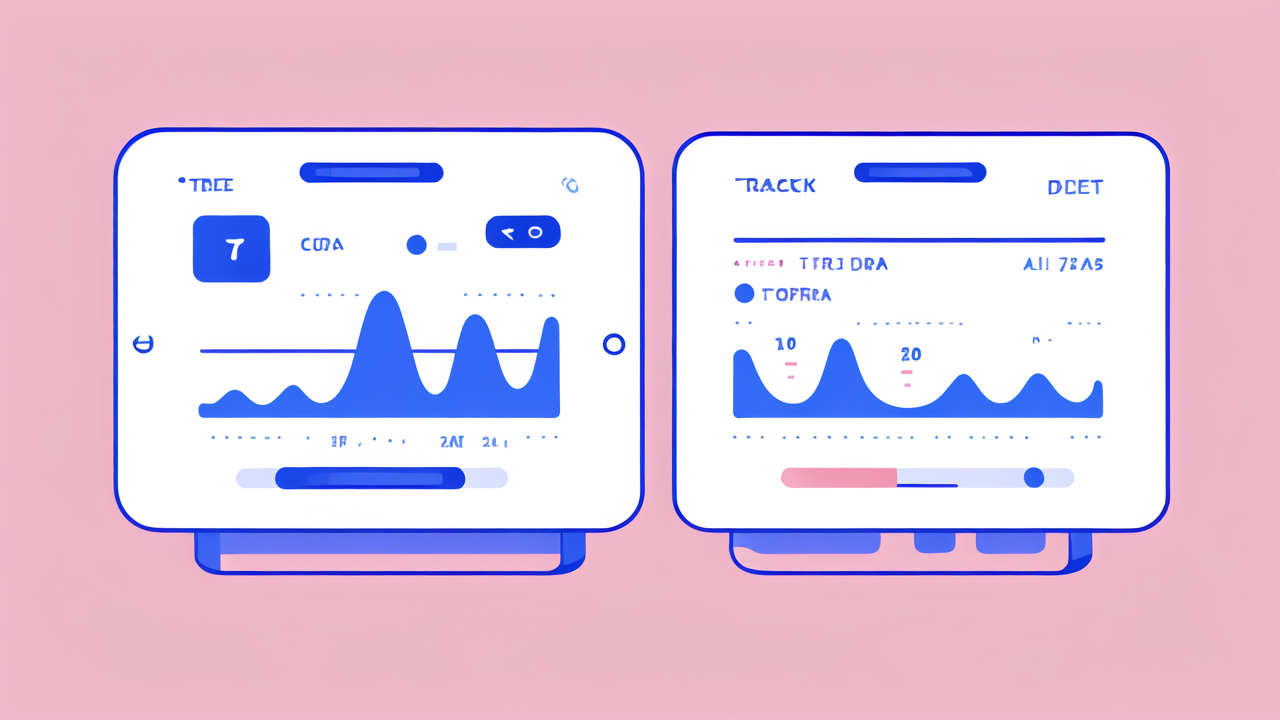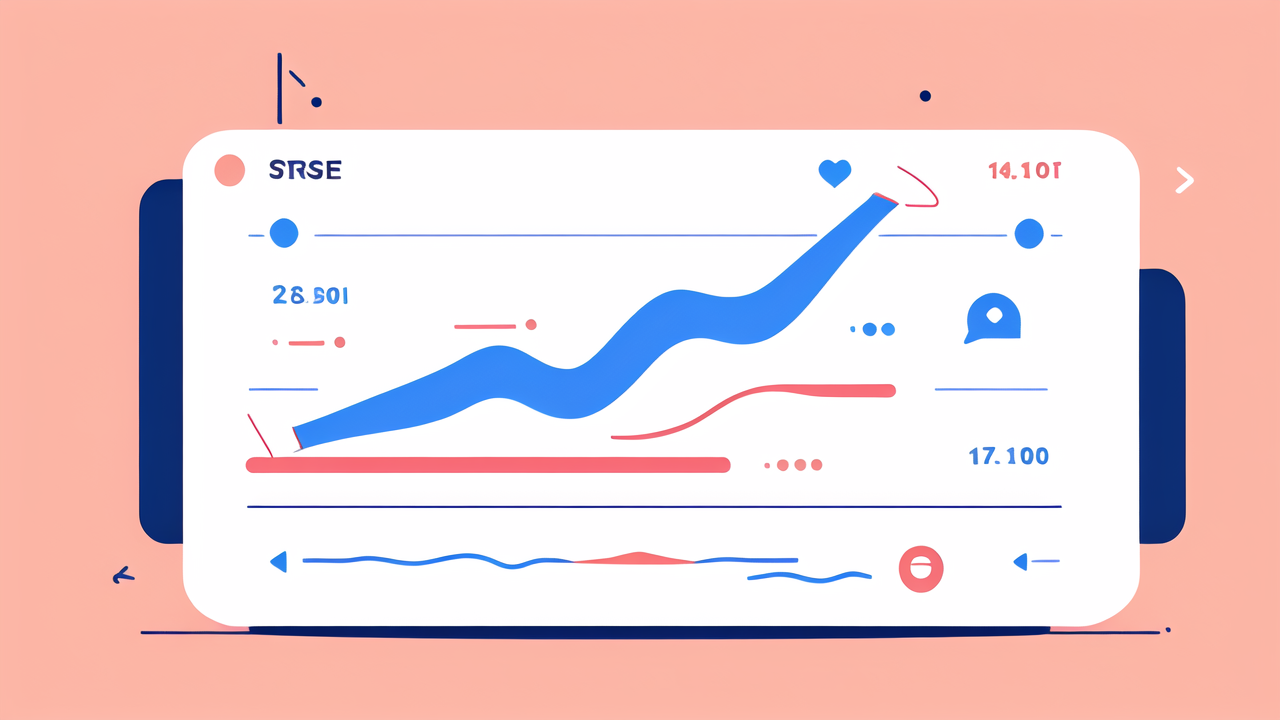Understanding the Fundamentals of Fitness Tracking
The Evolution of Fitness Metrics
Fitness metrics have come a long way since the days of simple step counters. The journey began with basic pedometers. These devices tracked steps and distance walked. Over time, they evolved into more complex tools. Today's fitness trackers can monitor heart rate, sleep patterns, and even stress levels.

The evolution of these metrics reflects our growing understanding of health. We now know that fitness is more than just steps taken. It's about overall physical activity, recovery, and wellness. Modern trackers use advanced sensors to capture a wide range of data. This includes calories burned, blood oxygen levels, and even skin temperature.
As technology advances, so do the metrics we can track. The goal is to provide a more complete picture of our health and fitness. This evolution has made fitness trackers valuable tools for personal health management.
Key Technologies in Body Measurement Tracking
Body measurement trackers rely on several key technologies to gather data. One of the most common is accelerometry. This technology uses tiny sensors to detect movement in three dimensions. It's the basis for step counting and activity recognition.
Optical heart rate monitoring is another crucial technology. It uses LED lights to detect blood flow under the skin. This allows for continuous heart rate tracking without a chest strap. GPS is often included for accurate distance and pace measurements during outdoor activities.
Some advanced trackers use bioimpedance sensors. These measure body composition by sending a small electrical current through the body. This can estimate body fat percentage and muscle mass. Many devices also incorporate gyroscopes and altimeters. These help track more complex movements and changes in elevation.
As these technologies improve, so does the accuracy and range of measurements. The goal is to provide users with reliable, comprehensive health data.
Analyzing the Accuracy of Fitness Trackers
Data Analysis and User Input Accuracy
The accuracy of fitness trackers depends on both the device and the user. Advanced algorithms analyze raw data from sensors to estimate various metrics. However, these algorithms rely on certain assumptions and averages. This can lead to variations in accuracy for different individuals.

User input also plays a crucial role in accuracy. Many trackers ask for personal details like age, height, and weight. These factors help calibrate the device for more accurate readings. If this information is incorrect or outdated, it can affect the accuracy of calorie burn estimates and other metrics.
Some trackers allow users to manually log activities or food intake. The accuracy of this data depends entirely on the user's diligence and honesty. Regular updates to personal information and careful logging can significantly improve overall accuracy.
It's important to remember that fitness trackers are tools for estimating health metrics. They're not medical devices. Users should view the data as helpful guidance rather than absolute truth.
Comparing Measurements: Tracker vs. Lab Equipment
When it comes to accuracy, how do fitness trackers stack up against lab equipment? Studies have shown mixed results. For step counting, most trackers are quite accurate, often within 5% of actual steps taken. This is comparable to research-grade pedometers.
Heart rate monitoring accuracy varies more. Wrist-based optical sensors can be less accurate during intense exercise or activities with wrist movement. However, at rest or during moderate activity, they often come within a few beats per minute of chest strap monitors.
Calorie burn estimates tend to be less accurate. This is because they rely on more variables and assumptions. Studies have found that fitness trackers can overestimate or underestimate calorie burn by up to 20%. Lab equipment like indirect calorimetry is much more precise.
Sleep tracking accuracy also varies. While trackers can generally detect when you're asleep, they may struggle with sleep stages. Lab-based polysomnography remains the gold standard for sleep analysis.
Despite these limitations, fitness trackers can still provide valuable insights. They offer consistent, long-term data that's hard to get from occasional lab tests.
Fitness Trackers and Their Impact on Health and Wellness
Enhancing Personal Health Through Data-Driven Insights
Fitness trackers have revolutionized how we approach personal health. They provide a constant stream of data about our bodies and activities. This information can be a powerful motivator for positive change. Many users report increased physical activity after starting to use a tracker.

The data from these devices can help identify patterns and trends. For example, you might notice that you sleep better on days when you exercise. Or you might see how stress affects your heart rate. These insights can guide you to make healthier choices.
Some trackers offer personalized recommendations based on your data. This might include suggestions for daily step goals or reminders to move after long periods of inactivity. Many also integrate with smartphone apps. These apps can provide more detailed analysis and tips for improvement.
However, it's important to use this data wisely. Obsessing over every metric can lead to stress or unhealthy behaviors. The goal should be to use the insights to make gradual, sustainable changes to your lifestyle.
The Role of Fitness Trackers in Professional Sports and Medicine
Fitness trackers aren't just for personal use. They're also making waves in professional sports and medicine. In sports, coaches use advanced tracking systems to monitor athletes' performance and recovery. This data helps optimize training and prevent injuries.
Many teams use GPS and heart rate data to track player workload during games and practices. This information can guide substitution decisions and training intensity. Some trackers can even predict when an athlete is at risk of overtraining or injury.
In medicine, fitness trackers are becoming valuable tools for patient monitoring and research. Doctors can use long-term activity and heart rate data to track patient progress. This is especially useful for managing chronic conditions like heart disease or diabetes.
Researchers are also using fitness trackers in large-scale health studies. The constant stream of data from these devices provides insights that were previously hard to obtain. This could lead to new understandings of how lifestyle factors affect health.
As tracker technology improves, its role in sports and medicine will likely expand. However, privacy concerns and data accuracy will remain important considerations. The future of fitness tracking looks promising, with potential benefits for individuals and healthcare as a whole.




Leave a comment
This site is protected by hCaptcha and the hCaptcha Privacy Policy and Terms of Service apply.